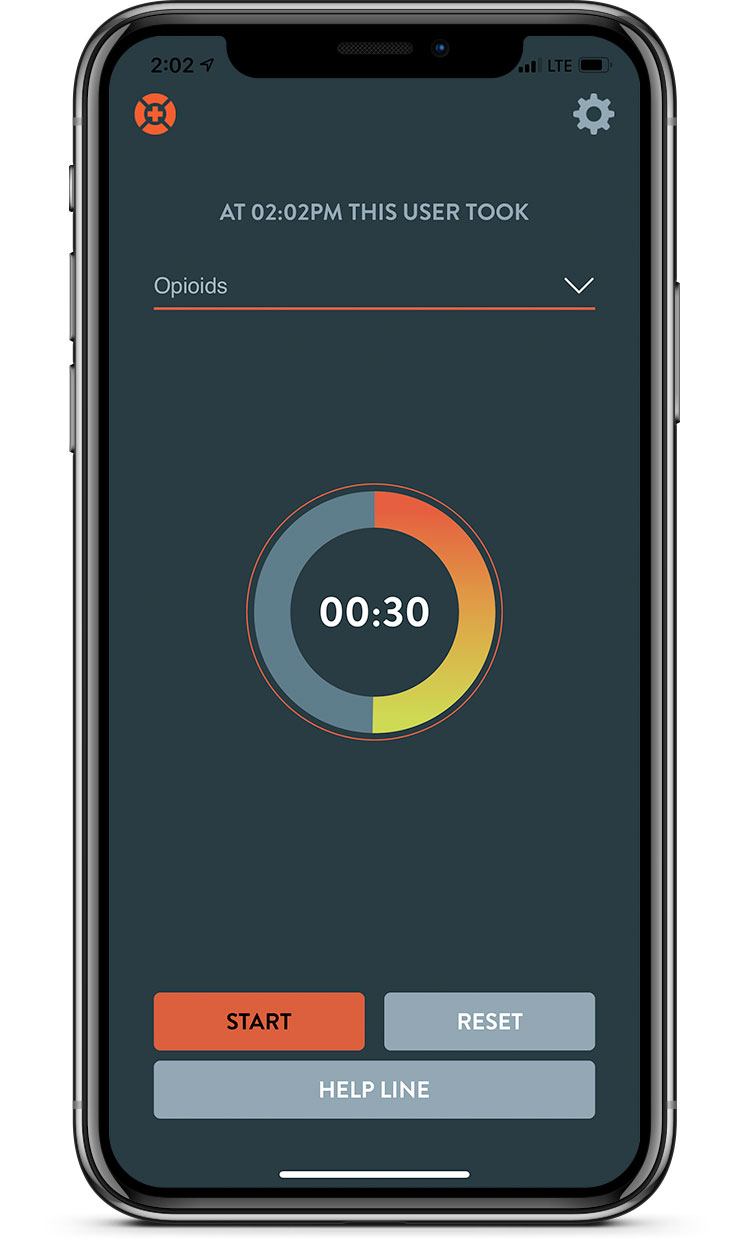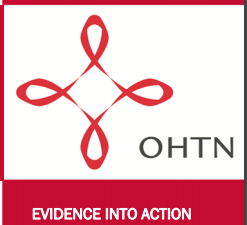Substance Use Blog Series: What is Harm Reduction?
Aug 14, 2020
This week in the Substance Use Services’ blog, we are taking a closer look at harm reduction. We will discuss what harm reduction is, describe some examples of harm reduction around substance use in British Columbia, and then break down two myths about harm reduction.
Harm reduction refers to strategies and measures implemented to reduce the potential harms related to risky behaviour, rather than trying to stop the behaviour altogether.
A crucial aspect of harm reduction is considering the issue without stigma so that facts about the risks can be shared, along with information about how the activity might be made safer and where people can get help when they are in distress or want to change their behaviour.
The term is most commonly used when governments or agencies make efforts to reduce the risks related to alcohol and drug use; but the term can also be used to refer to an individual’s philosophy, or to subjects other than substance use.
The British Columbia Centre for Disease Control says this about harm reduction:
“Harm reduction involves taking action through policy and programming to reduce the harmful effects of behaviour. It involves a range of non-judgmental approaches and strategies aimed at providing and enhancing the knowledge, skills, resources and supports for individuals, their families and communities to make informed decisions to be safer and healthier.”[1]

Examples of harm reduction approaches to substance use. Click the image above to see the full infographic from the Canadian Institute for Substance Use Research.
Driving policies as an example of harm reduction:
To understand harm reduction, we can look at the various strategies and measures taken to help make driving safer. When personal vehicles were first invented, they didn’t have seat belts and there were no government  regulations about who could drive. It didn’t take long to realize that sitting in a steal container (i.e. a car) traveling upwards of 60km an hour posed some serious dangers to people in and around vehicles.
regulations about who could drive. It didn’t take long to realize that sitting in a steal container (i.e. a car) traveling upwards of 60km an hour posed some serious dangers to people in and around vehicles.
Rather than asking people to stop driving, governments came out with strategies to help reduce the risks related to driving. Rules were developed overtime as information was collected about who was getting killed or hurt in vehicles and why. Individuals now need to pass a test to get a licence to drive, vehicle manufacturers must install seat belts in cars, and there are fines and criminal sentences for disobeying traffic laws, not wearing seat belts, and using substances and driving. Although the term ‘harm reduction’ wasn’t being used yet, these measures that help reduce the risk of being hurt or killed in an accident, can be seen as an example of a harm reduction approach.
****************************************
Here is a short (4min) video from Denver’s Harm Reduction Action Centre, explaining harm reduction with further examples:
Examples of harm reduction around substance use
The contemporary use of the phrase ‘harm reduction’ started in the 1980s as a way to label changes that governments around the world were making to how they addressed the health of people who use substances. This kind of harm reduction first came to British Columbia in 1989 with a needle exchange pilot program in Vancouver’s Downtown Eastside. The needle exchange significantly reduced the rate of HIV and Hepatitis infections in the area, and similar programs have now been introduced throughout the rest of BC and Canada.
An important aspect of harm reduction is educating people about the risks of substance use and the neurobiology of addiction so that they can make informed decisions, rather than trying to use social pressure or fear tactics to scare people into abstinence.

Providence Health’s Lifeguard App is an example of harm reduction. Click on the image for more information.
Fraser Health’s overdose prevention campaign is an example of harm reduction education. This campaign seeks to remind the public that anyone who uses illicit substances is at risk of a fentanyl overdose, not only people who might fit some kind of stereotype about who uses drugs. This campaign further seeks to educate the public about the signs of overdose, offers strategies to reduce the risk of dying from an overdose, and tips on how to engage in non-stigmatizing conversations with close friends and family members who may at risk of overdosing (click on the link at the beginning of the paragraph to visit the website).
Other examples of harm reduction include:
• programs which help people find out if they can moderate their drinking
• making a personal choice to use a less harmful substance instead of a more harmful one (ex. marijuana vs. methamphetamines)
• the overdose prevention strategies discussed in our previous blog post.
One of the most important aspects of harm reduction programs is that they offer nurses and outreach workers opportunities to demonstrate to people who use substances that they are genuinely concerned about their health (and not trying to punish or criticize them).
These respectful relationships become the pathways by which front line workers connect people who use substances with other resources to address their health needs, including by accessing further substance use treatment.
Here is a 6 minute video from the First Nations Health authority that looks at what harm reduction means from the perspectives of several health care providers:
************************************************
Myths and Realities
Despite the clear evidence that harm reduction strategies help reduce overdose deaths, limit the spread of infectious disease, and reduce the public cost of emergency services, there continues to be some incorrect myths associated with harm reduction. Here are two of the current myths about harm reduction:

Click to enlarge the image or go to https://www.hrvic.org.au/covid19-you for more posters about harm reduction substance use during covid-19 from this Australian website, or for information from the BCCDC click here.
Myth: Supporters of harm reduction are against abstinence-based substance use treatment programs
Reality: From their earliest official adoption in British Columbia (by the City of Vancouver in 2001), harm reduction strategies have always existed alongside abstinence-based programs (where participants are asked to refrain from substance use completely). Advocates of harm reduction know that having a full spectrum of health services, including treatment, is essential. A harm reduction approach to substance use allows front line workers to build relationships with people who use substances and connect them to abstinence-based programs (as well as other health programs) when they are ready and chose to go.
Myth: The current Overdose Crisis is evidence that harm reduction does not work.
Reality: The causes of the Overdose Crisis are discussed in detail here, in this earlier post. Prior to the 2010’s, harm reduction programs around substance use in BC were primarily located in the DTES. The overdose crisis is occurring throughout BC and Canada, including in communities where few or no harm reduction efforts existed prior to the crisis.
Where to find more information on harm reduction:
The following video is from a free harm reduction learning module through Algonquin college. It is designed to educate professors about how to approach student substance use from a harm reduction perspective but has lots of information applicable to other situations. Click on the video to watch it or click on the link to access the whole course: https://algonquincollege.libguides.com/umbrella-project/harm-reduction
The following link connects to an article by the Ontario HIV Treatment Network summarizing much of the harm reduction evidence from studies of Supervised Injection Sites: https://www.ohtn.on.ca/Pages/Knowledge-Exchange/Rapid-Responses/Documents/RR83-Supervised-Injection-Effectiveness.pdf
https://towardtheheart.com/ is a resource for up to date information, printable posters and infographics about harm reduction strategies from the BC Centre for Disease Control.
Although the following Canadian Institute for Substance Use Research infographic is from 2012-2013, it colourfully illustrates many Harm reduction efforts in BC. Click on the image or the link for the updated 2015 numbers: https://www.uvic.ca/research/centres/cisur/assets/docs/infographic-harm-reduction-in-bc.pdf
[1] https://www.bccdc.ca/resource-gallery/Documents/Educational%20Materials/Epid/Other/CompleteHRTRAININGMANUALJanuary282011.pdf










